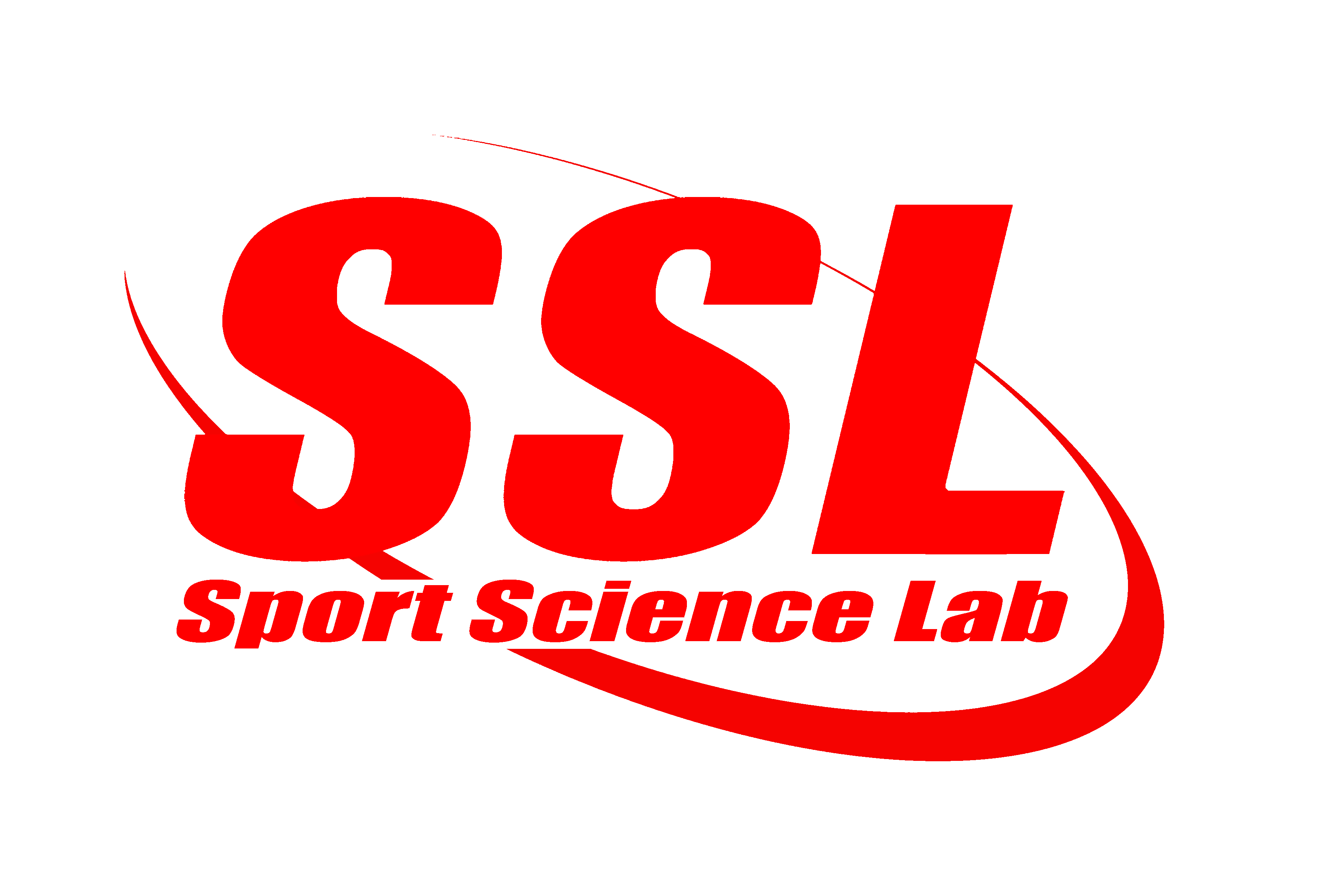Plyometrics
Plyometrics is a type of exercise training designed to produce fast, powerful movements and improve the functions of the nervous system, generally for the purpose of improving sports performance. In a series of scientific research studies, russian scientist Yurie Verkoshansky demonstrated that the largest strength gains are achieved by a plyometric type training he called the "shock method".
This method was based on a series of coordinated, sequential muscle/tendon actions governed by the involuntary nervous system. Physiologically this is achieved by the Stretch-reflex (Myotatic reflex) that occurs in the muscle-tendon complex of skeletal muscles. During the Stretch-reflex a muscle contracts in response to a stretch within the muscle thereby providing automatic regulation of skeletal muscle length. When a muscle is lengthened, the muscle spindle is stretched and its nerve activity increases. The increased neuron activity causes muscle fibers to contract thereby resisting the stretch. A second set of neurons also causes the opposing muscle to relax. Simply put, in an attempt to prevent a muscle from tearing due to excessive lengthening, a powerful contraction occurs automatically that causes muscle fibers to shorten. Consider for example a depth jump. Once the feet make contact with the ground, a rapid muscle/tendon lengthening movement (eccentric phase) takes place. This is followed by a very brief resting phase (amortization phase) and lastly an explosive muscle shortening phase (concentric phase) takes place to allow an athlete to jump to a certain height.
Maximal force according to Verskoshansky occurs at the eccentric-concentric change over during a plyometric movement. SSL plyometric and strength training therefore focusses on training athletes to achieve this change over in the shortest amount of time. By doing this, thermal energy stored within a muscle/tendon (and which easily dissipates when a muscle/tendon is lengthened) is maintained within the muscle and can be converted to kinetic energy during the explosive concentric phase of the movement. It should be kept in mind that there is a distinct difference between muscle "strength"(maximal force) and explosive strength (max. rate of force production (RFD)). Conventionally muscle strength refers to the amount of maximal force that can be applied in an unlimited amount of time. Explosive strength however refers to the ability to exert a maximal force in as short a time as possible as in accelerating, jumping, throwing etc. So while strength is the maximal force you can apply against an external load, explosive strength is proportional to the speed at which you can apply this maximal force.
Performance in different sports is based on different displays of explosive strength. In American football for example, a lineman and receiver may have the same amount of peak explosive strength but the manner in which the maximal explosive strength is achieved may differ. A lineman would achieve peak explosive strength by delivering a large force at a slower velocity (slower RFD) where a receiver could deliver a smaller force at a higher velocity (faster RFD). As explosive strength is dependent on both velocity and force it is therefore possible that these two athletes are capable of delivering the same amount of peak explosive strength.
Considering the above it is not surprizing that a combination of resistance and plyometric training have been shown to have a better effect on athletic ability and performance.
By training our athletes on the Supercat Machine we attempt to address both force and velocity in the ratio applicable to the athlete's sport and position. An athlete would not only be required to move a specific load but also throw the weight off during the performance a functional movement, thereby addressing both the resistence and plyometric training component. Other hurdle and box drills are also incorporated to ensure that athletes are able to move their own body weight at optimal speed.



